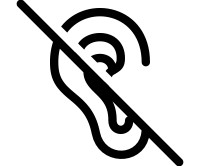ToxCard: Iron
EMDocs
DECEMBER 6, 2024
In the late 1990s, iron was the leading cause of poisoning deaths reported to poison control centers for children less than 6 years of age. In 1997, the Food and Drug Administration (FDA) mandated unit-dose packaging for all iron-containing products with more than 30 milligrams of elemental iron. Antiemetics as needed.













Let's personalize your content